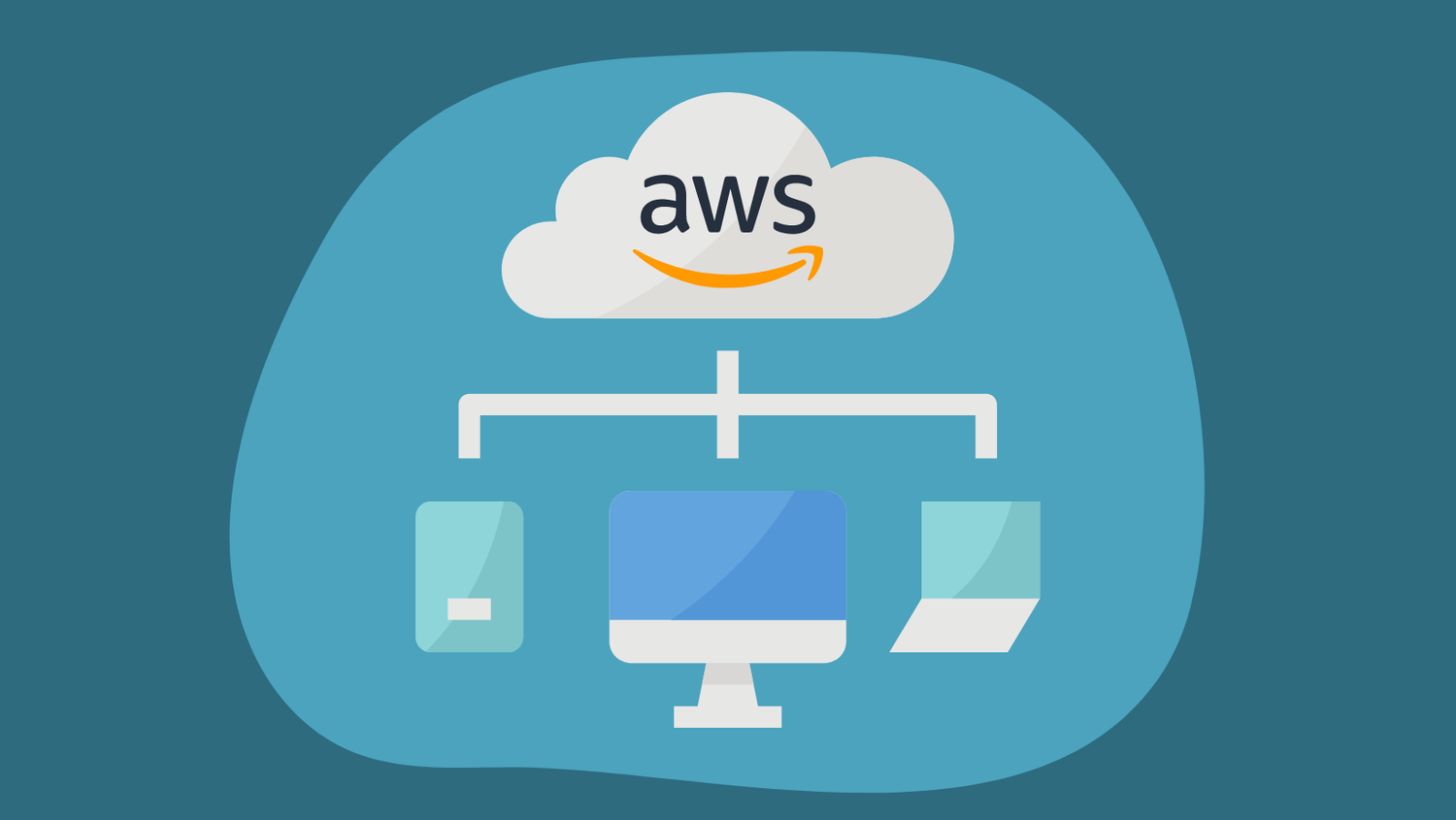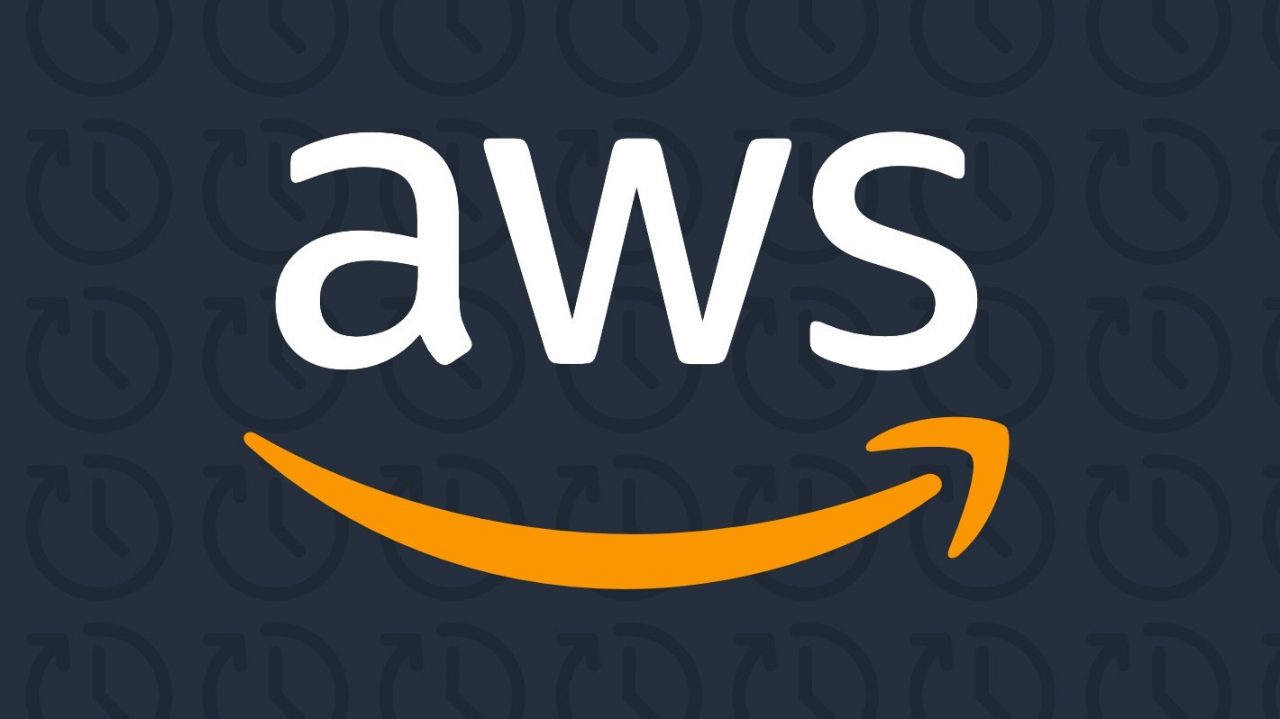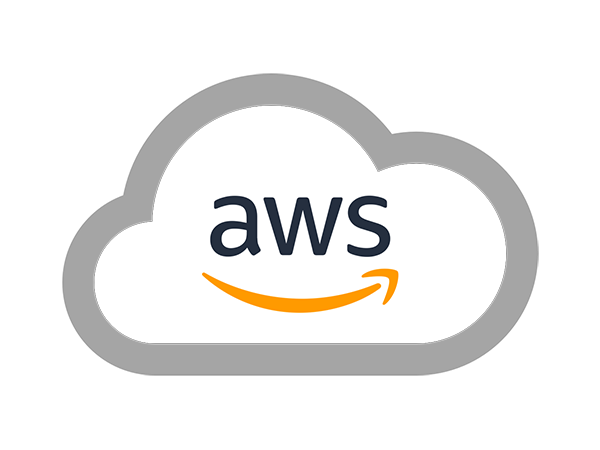AWS Remote IoT VPC Price: Understanding Your Costs For Private Device Connections
Figuring out the costs associated with cloud services, especially something as specific as AWS Remote IoT VPC price, can feel a bit like trying to solve a puzzle. It's a very common question for folks looking to connect their devices securely and privately to the cloud. You see, AWS gives you greatest choice and flexibility to meet your specific needs so you can choose the right tool for the job, and that flexibility, while great, means understanding how the pieces fit together when it comes to your budget.
Many businesses are moving their device operations to the cloud. They want a secure, controlled way to send data back and forth. Using a Virtual Private Cloud (VPC) with AWS IoT services offers a really strong security posture, but people often wonder about the money side of things. How much will it actually cost to keep all those remote gadgets talking safely? That's a pretty important question for anyone planning their cloud spending, you know?
This article is here to help clear things up. We'll look at the different parts that add up to the total AWS Remote IoT VPC price. We'll talk about what you're paying for and how to think about keeping those costs manageable. It's all about making smart choices for your connected devices, more or less, and getting the most value.
- Scream Vii Everything You Need To Know About The Upcoming Horror Sequel
- Iran Economy 2024
- Player 125
- Two Babys One Fox
- Ralph Macchio Net Worth
Table of Contents
- What is AWS Remote IoT VPC?
- Breaking Down AWS Remote IoT VPC Price
- Understanding the AWS Pricing Philosophy
- Strategies for Managing Your AWS Remote IoT VPC Price
- Real-World Cost Considerations
What is AWS Remote IoT VPC?
When we talk about AWS Remote IoT VPC, we're really talking about connecting your internet-connected devices, like sensors or smart gadgets, directly and privately to your cloud network on AWS. This setup uses a Virtual Private Cloud, which is your own isolated section of the AWS cloud. It's like having a private, secure clubhouse for your devices to talk to your cloud applications, you know?
Connecting Devices Privately
Normally, devices might connect to IoT services over the public internet. While secure, using a VPC adds another layer of isolation. This means your remote devices, perhaps in a factory or a remote field, can send their data directly into your private AWS network. It avoids the public internet for data transit, which is a big deal for many companies, especially for sensitive information, as a matter of fact.
This private connection is usually made possible through something called AWS PrivateLink. It creates a private endpoint within your VPC. Your devices talk to this endpoint, and then the data travels securely over the AWS network to the IoT Core service. It's a bit like having a dedicated, secure tunnel just for your device communications, you see.
- Houses For Sale In Iran
- Bomb Iran Vince Vance
- What Does The Term Eiffel Tower Mean
- Iran Live Cameras
- Slang Eiffel Tower
Why Use a VPC for IoT?
The main reason to use a VPC for your IoT setup is security. It keeps your device traffic off the public internet as much as possible, reducing exposure to threats. For regulated industries or applications dealing with very sensitive data, this is often a requirement. It provides a more controlled and predictable network environment, which is really quite good.
Another benefit is network performance. With a private connection, you might see more consistent latency and throughput, which is important for applications that need quick responses from devices. It helps ensure your data gets where it needs to go without unexpected delays, too it's almost a given for some setups.
Breaking Down AWS Remote IoT VPC Price
Understanding the total AWS Remote IoT VPC price involves looking at a few different components. It's not just one simple fee; it's a combination of charges from various services that work together to make this private connection happen. AWS offers the widest variety of compute instances, storage classes, databases and analytics, all created specifically to offer the best cost, so these services are designed with that in mind, apparently.
AWS IoT Core Messaging Costs
The core of any AWS IoT solution is AWS IoT Core, which handles the messaging between your devices and the cloud. You pay for the messages your devices send and receive. This is usually calculated per million messages, and the cost can vary based on the message size. Small messages are cheaper, obviously, and larger ones cost a bit more.
For instance, if your devices send a lot of small status updates, your messaging costs might be lower per message than if they're sending large sensor readings frequently. It's a pretty straightforward way to charge, based on how much your devices are actually "talking." You want to keep an eye on how chatty your devices are, naturally.
AWS PrivateLink for VPC Endpoints
This is a key part of the "VPC" aspect of your AWS Remote IoT VPC price. AWS PrivateLink allows you to connect your VPC to AWS IoT Core privately. You pay for each VPC endpoint you create, usually on an hourly basis. There's also a charge for the amount of data that passes through that endpoint. This is where the "private" part of the connection really comes into play, so it's an important piece of the puzzle.
The hourly charge for the endpoint is fairly consistent, but the data processing charge will depend on how much data your devices are sending and receiving through that private connection. It's like renting a private lane on a highway and then paying for how much traffic goes through that lane. You want to make sure you're using that lane efficiently, you know?
Data Transfer Charges
Data transfer costs are another element to consider. While PrivateLink handles the private connection to IoT Core, data might still need to move between different AWS regions or from AWS to the internet for other purposes, like sending data to a dashboard or another application. AWS charges for data transferred out of a region and sometimes for data transferred between regions, too it's almost always a factor.
In most cases, data transfer *into* AWS services is free. However, when data leaves AWS, or moves between certain services or regions, that's where charges come in. It's a common cloud cost component, so understanding your data flow patterns is pretty important for managing your overall AWS Remote IoT VPC price, you see.
Other Potential Costs
Beyond the core IoT messaging and PrivateLink, other AWS services might add to your total. For example, if you're storing device data in Amazon S3 or a database like DynamoDB, those services have their own storage and usage fees. If you're using AWS Lambda functions to process device messages, you'll pay for the compute time of those functions. It's a very interconnected system, so other parts can add up, basically.
Also, if you're using AWS IoT Device Management to monitor and manage your fleet of devices, or AWS IoT Analytics to process and store large volumes of IoT data, those services come with their own pricing structures. It's worth looking at all the pieces you're using. AWS comprises over 200 products and services, so there are many options that might fit into your setup, as a matter of fact.
Understanding the AWS Pricing Philosophy
AWS pricing is built on a "pay-as-you-go" model. You only pay for the services you consume, with no upfront costs or long-term commitments for most services. This offers incredible flexibility, allowing you to scale your IoT solution up or down based on your actual needs. It's a bit like paying for electricity based on what you use, not a fixed monthly fee, which is really quite useful.
AWS also offers various pricing tiers, including a free tier for many services. This allows you to experiment and build small applications without incurring significant costs. For example, you can browse 100 offerings for AWS Free Tier services. This is a great way to get started and learn the fundamentals. It helps you get to know the AWS management console and understand how things work before committing, you know?
The goal is to provide the best price performance. AWS offers the lowest cost per inference instances in the cloud for machine learning, for instance, which shows their commitment to cost efficiency. This philosophy extends to IoT services as well, aiming to give you good value for your money. It's a pretty strong focus for them, apparently.
Strategies for Managing Your AWS Remote IoT VPC Price
Keeping your AWS Remote IoT VPC price in check requires a proactive approach. It's not just about setting things up and forgetting about them. Regular monitoring and optimization can lead to significant savings over time. You want to make sure you're not paying for things you don't really need, you see.
Monitor Your Usage
AWS provides tools like AWS Cost Explorer and AWS Budgets that help you track your spending. You can see exactly which services are costing what and identify any unexpected spikes. Setting up budget alerts can notify you if your costs are approaching a predefined limit. This is a very helpful way to stay on top of things, so it's a good practice.
Regularly reviewing your usage patterns helps you understand where your money is going. Maybe some devices are sending more messages than necessary, or perhaps data transfer is higher than anticipated. Understanding these details can point you towards areas for optimization, which is really quite important.
Optimize Data Flow
Since messaging and data transfer are big cost drivers, optimizing how your devices send data is key. Can you reduce the frequency of messages? Can you compress data before sending it? Are you sending only the essential data points, or is there some unnecessary information being transmitted? These small changes can add up, you know?
For example, instead of sending a sensor reading every second, perhaps every minute is sufficient for your application. Or, if you're sending multiple readings, can they be batched into a single, larger message instead of many small ones? Thinking about these things can really make a difference to your AWS Remote IoT VPC price, as a matter of fact.
Right-Sizing Your Resources
While not directly tied to IoT Core messaging or PrivateLink, other services you use alongside them, like compute instances or databases, should be "right-sized." This means choosing the appropriate instance type or database capacity for your actual workload. Don't over-provision resources you don't need, because you'll pay for them anyway.
For example, if your backend application processing IoT data runs on an EC2 instance, ensure the instance type matches your actual compute needs. Using a larger instance than required means you're paying for unused capacity. Regularly reviewing your compute and storage needs can help you avoid unnecessary spending, which is pretty smart.
Leverage AWS Free Tier
If you're just starting out or experimenting, the AWS Free Tier is an excellent resource. Many AWS services, including parts of IoT Core, offer a certain amount of usage for free for a limited period or indefinitely. This allows you to test your concepts and even run small-scale applications without incurring costs. It's a very good way to learn practical skills, you see.
The free tier can help you understand the basics of AWS Remote IoT VPC price components before your usage grows. It's a safe space to get comfortable with the platform and build your future in the AWS cloud. There are 600+ free digital trainings available through AWS Skill Builder, so you can really learn a lot, apparently.
Real-World Cost Considerations
The actual AWS Remote IoT VPC price you pay will depend heavily on your specific use case. Factors like the number of devices, how often they send data, the size of that data, and the AWS regions you operate in all play a part. There's no one-size-fits-all answer, so it really depends on your setup, you know?
For a small project with a few devices sending minimal data, the costs might be very low, potentially even within the free tier for a good while. For a large enterprise solution with thousands of devices sending frequent, large data payloads, the costs will naturally be higher. It's all about scale and usage, more or less, and how much "talk" your devices are doing.
It's always a good idea to estimate your expected usage and then use the AWS pricing calculator to get a rough idea of the costs. Start small, monitor your spending, and then optimize as you grow. This approach helps you control your AWS Remote IoT VPC price and ensures you're getting the most value from your cloud investment. Learn more about AWS pricing directly from their site, and you can always get assistance from their support teams if you need help understanding the details.
People Also Ask
Here are some common questions folks have about AWS IoT pricing:
What is AWS IoT Core pricing?
AWS IoT Core pricing is primarily based on the number of messages exchanged between your devices and the cloud, and the size of those messages. You pay for each million messages, and there are different tiers for message size, so smaller messages are cheaper per message than larger ones. It's a pretty straightforward model, you see.
How much does AWS PrivateLink cost?
AWS PrivateLink charges are typically made up of two parts: an hourly fee for each VPC endpoint you create and a data processing fee for the amount of data that flows through that endpoint. The hourly fee is consistent, but the data processing fee depends on your actual data usage. It's a very direct way to charge for that private connection, apparently.
Is AWS IoT free tier available for VPC connections?
While AWS IoT Core has a free tier for messaging, the AWS PrivateLink service itself, which is used for VPC connections, generally does not have a specific free tier. You would typically incur charges for the PrivateLink endpoint and data processing from the start. However, your overall AWS Remote IoT VPC price might still benefit from the free tier of other services you use, like IoT Core messaging or S3 storage, you know?



Detail Author:
- Name : Samson Monahan
- Username : senger.laisha
- Email : audreanne.lynch@mclaughlin.com
- Birthdate : 2004-03-04
- Address : 2030 O'Connell Place Apt. 721 West Gustburgh, UT 48172-5279
- Phone : 1-239-346-6857
- Company : Kshlerin Inc
- Job : Protective Service Worker
- Bio : Minus beatae alias ut fugiat commodi temporibus. Adipisci maiores vel ratione quae et. Atque id in reprehenderit nostrum. Itaque aut ipsa maiores culpa corrupti tempora.
Socials
linkedin:
- url : https://linkedin.com/in/ortiz2011
- username : ortiz2011
- bio : Totam doloribus iusto est.
- followers : 4659
- following : 2821
instagram:
- url : https://instagram.com/allan.ortiz
- username : allan.ortiz
- bio : Quas culpa ad expedita eos quia. Explicabo est recusandae aut. Vel consequatur non voluptatem.
- followers : 4121
- following : 1957